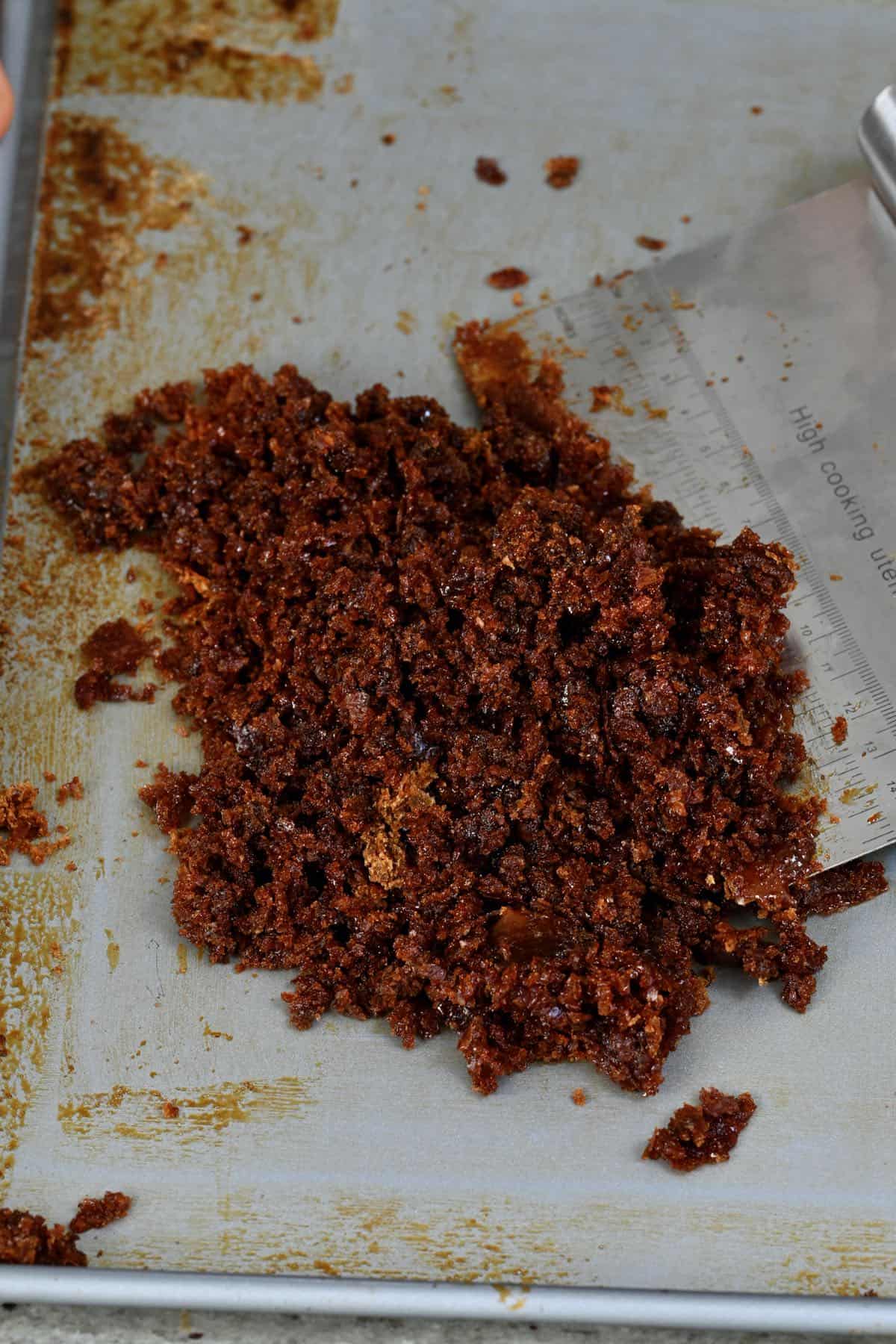I do in fact use unrefined, brown cane sugar, although I have not tried panela specifically.
The one I use pretty much looks like this:

It’s an organic fair trade brand, but I’d have to look up where it is imported from.
As I said, I can’t imagine making it with any other kind of sugar any more. Sorghum seems like an interesting idea, might have to experiment with that.













Yes, that is absolutely correct.